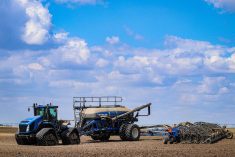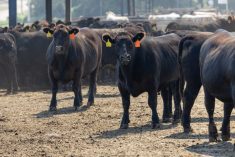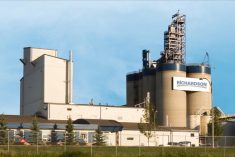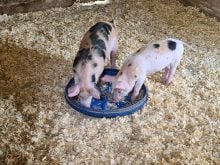Southwest
Harvest operations for the most part have stalled. Precipitation ranged from 30 to 50 millimetres with below normal temperatures and the threat of frost. Lodging has become an issue with the wet conditions and heavy winds.
Winter wheat and pea yields are below normal. Spring wheat yields are 45 to 60 bushels per acre, and bleaching is evident in early seeded crops, including barley.
Blackleg and root rot are the major diseases in the area, while symptoms of sclerotinia are also visible in most untreated fields.
Read Also
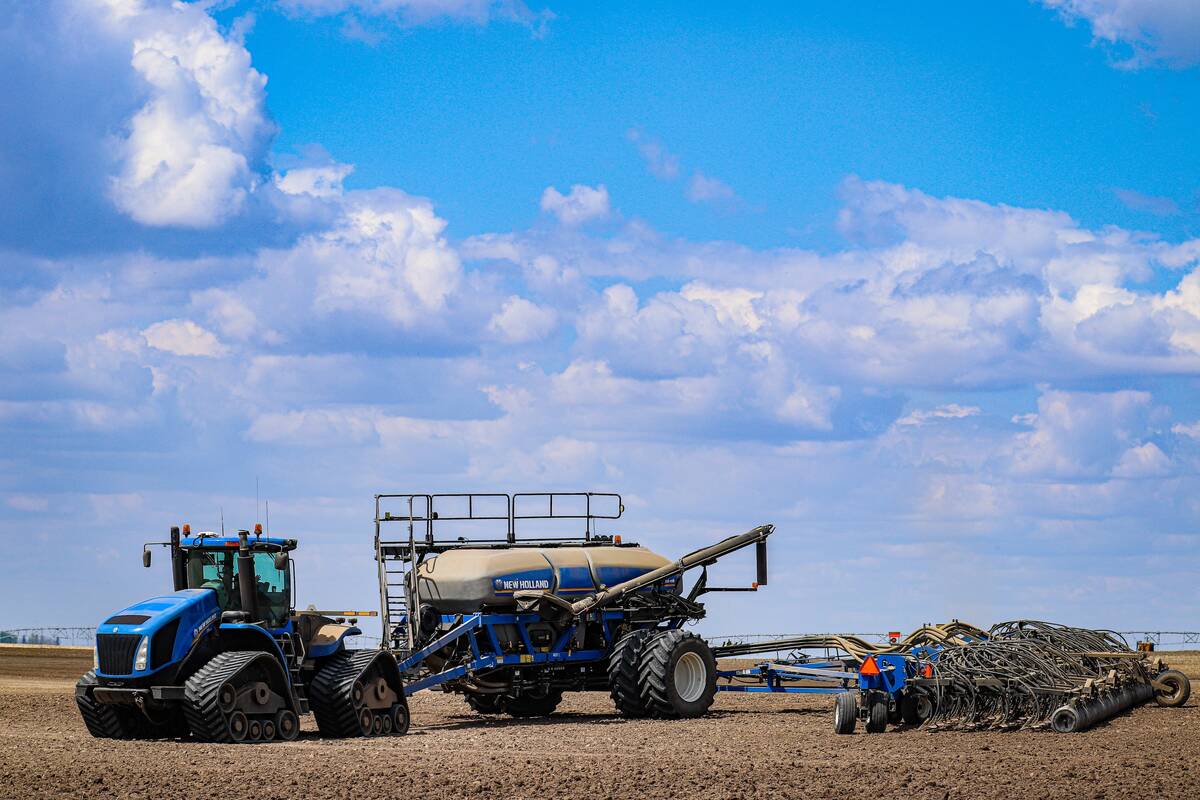
NFU says proposed plant breeders’ rights come at farmers’ expense
The National Farmers Union is pushing back against changes to the Plant Breeders’ Rights Act that would narrow the scope of farmers’ right to save seed or propagate crops from cuttings and tubers.
The cooler temperatures are slowing soybean development with most in the R6 stage, at least 15 to 20 days from full maturity.
Crop stage of growth for most corn averages R4.5 and sunflowers are R7.
The second cut of alfalfa is in the early to mid-flower stage of development. Producers are reporting average barley silage yields. Silage corn is in the late milk to early dough stage of development.
Low areas in pastures are becoming damaged from hoof action and some are displaying signs of overgrazing.
Northwest
Many areas received more than 25 mm of rain, which has shut down harvest.
Less than five percent of the wheat crop is combined with average yield and quality reported. Approximately three-quarters of the wheat crop is mature.
About 60 percent of the canola crop is swathed, and almost no combining is completed.
Most soybeans crops have completed blooming and are podded. Most of the field pea crop is combined with average yields reported.
There’s talk of producers pulling their livestock from pastures for supplemental feeding because of high lake levels and accessibility.
Haying operations are shut down, and accessibility is limited. Localized feed shortages are expected.
Central
Harvest was at a standstill for several days because of cooler temperatures, heavy dew and rain showers.
Sprouting in cereals and canola is a concern.
Road access is a problem, and grain carts must transport crops to trucks parked on gravel roads.
Winter wheat harvest is complete, with yields averaging 50 to 70 bu. per acre with quality below average.
Fall rye is harvested, with yield reports of 50 to 60 bu. per acre.
Spring wheat harvest continues with early yields averaging 45 to 80 bu. per acre with good quality and protein contents of 11 to 13.5 percent.
General purpose wheat varieties are yielding 80 bu. per acre and higher.
Barley is completed in some areas and more than half complete in other areas, with yields averaging 70 to 100 bu. per acre.
Oat yields range from 90 to 140 bu. per acre with good test weights. Most fields are averaging 120 to 140 bu. per acre.
Most canola has been swathed. Yields are as low as 15 bu. per acre to as high as 60 bu. per acre.
Leaf colour change and leaf drop is evident for most soybean fields. Edible beans continue to mature.
Corn is variable with most acres in the dent stage. Flowering is complete in sunflowers.
Rust, blackleg lesions, sclerotinia, brown girdling root rot, leaf spotting, brown spot, bacterial blight and downy mildew are reported.
Cooler temperatures are raising concerns about nitrate levels in hay. Some hay crops and pastures have been flooded.
Eastern
Harvest operations were mostly slowed by precipitation ranging from zero to 30 mm with temperatures cooler than normal. The forecast for frost is also a concern.
Moisture content is up, which means damp wheat needs to be dried before storage. Quality losses on standing spring cereal crops have been reported.
Haying operations are slow, but winter feed supplies should be adequate with a slight surplus.
Interlake
Harvest is later than normal because of excess moisture and lack of maturity. Saturated field conditions make travel difficult. Several producers are installing special tires and rear wheel drive kits.
Rain showers resulted in 15 to 35 mm of precipitation. Some areas reported hail, which damaged canola.
There are reports of peas, wheat and oats sprouting in standing crops or in swaths.
There are also reports of harvested spring wheat with mildew issues, resulting in a downgrade to feed grade. Quality of harvested canola is good and most is grading No. 1 Canada.
Most below average quality forage crops that can be harvested are coming off tough and will require drying.
Forage grass fields that aren’t harvested yet have either shelled out or begun to sprout in the swaths. Producers report many areas have below average feed supplies and quality.




